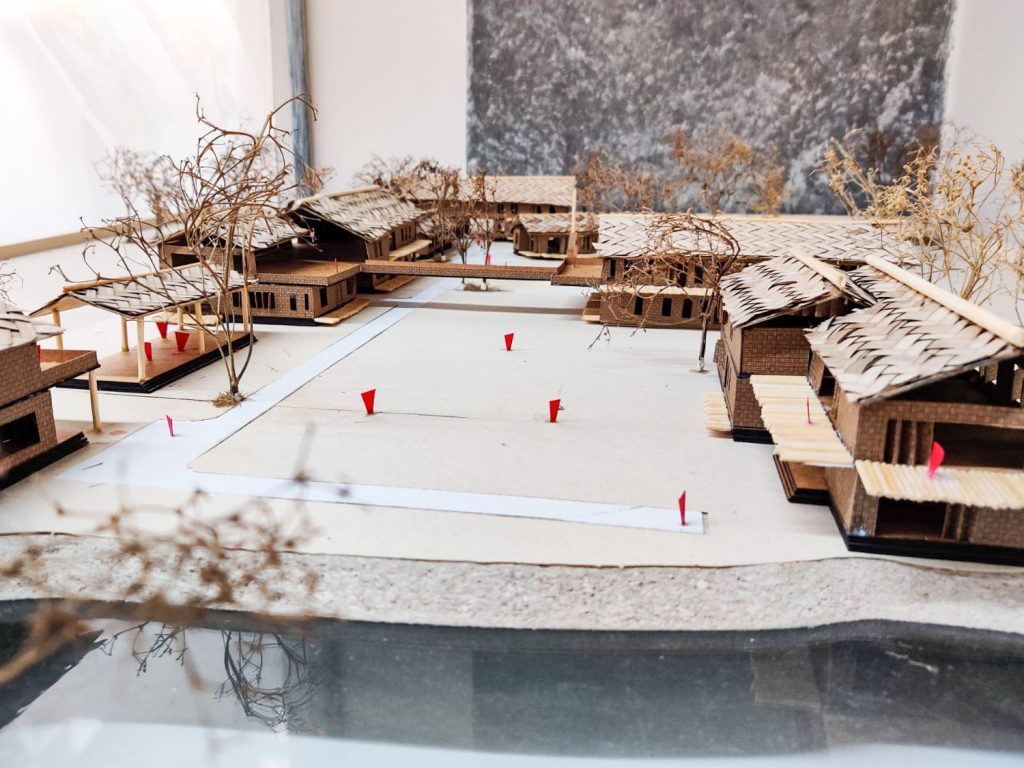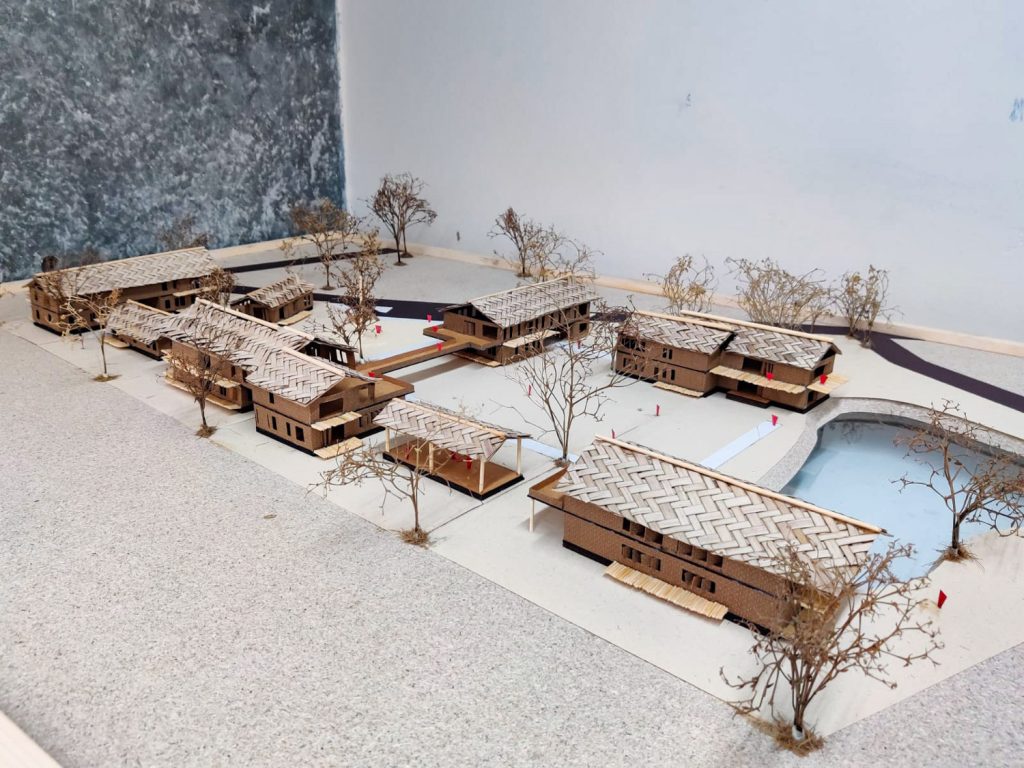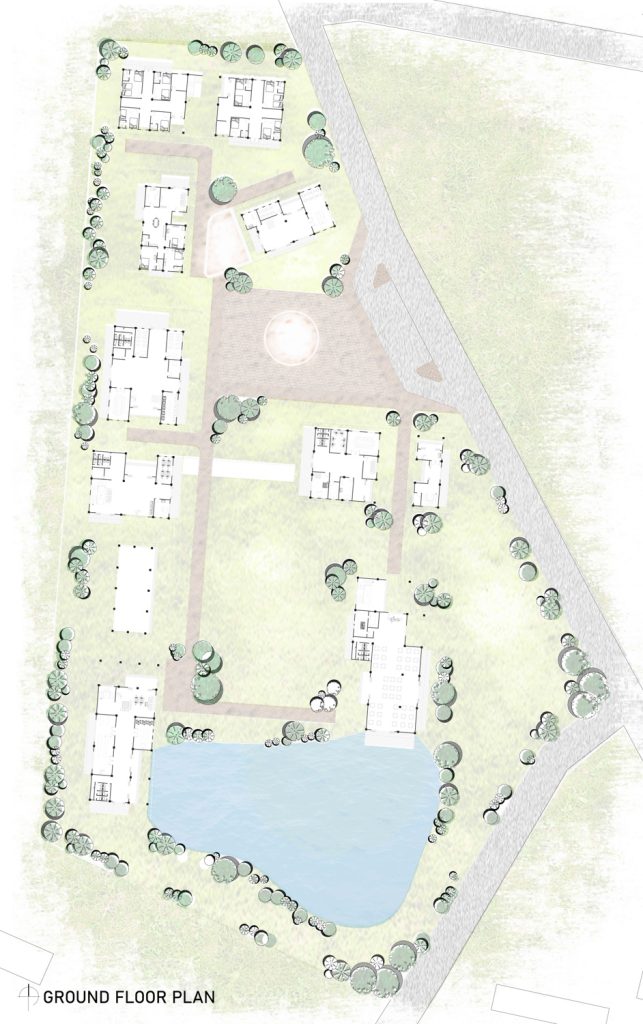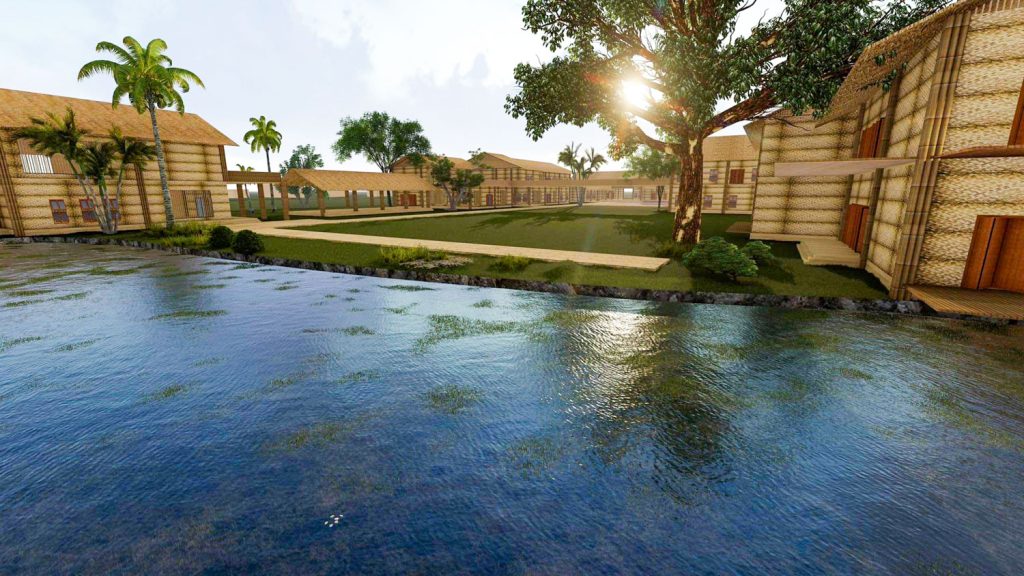Birishiri, Durgapur, Netrakona
The majority of Bangladesh’s indigenous Garo and Hajong population is found in the country’s east northern. In this region, there are about 12,000 tribal residents. With respect to Bengalis, they are the minority. However, their status and social acceptance need to be equal to that of everyone else.



The name of the project is “Ethnic Heritage & Cultural Research Academy”. The project is under the Ministry of Cultural Affairs of the People’s Republic of Bangladesh with an area of 4.01 acres. This is a project of practicing the culture and heritage of the ethnic people of the east northern side of Bangladesh. The project is proposed by Nafeeur Rashid Khan Anindya, a student of Dept. of Architecture, Brac University. Design studio X, under the instructions of Naim Ahmed Kibria, Abul Fazal Nabi and S.M. Kaiokobad.
The preservation of the Garo and Hajong community’s culture and legacy was the project’s main objective. For this project, I attempted to include current architectural approaches while adhering to their traditional construction methods. Right now, the only location for them to view heritage with various issues is the cultural academy that now exists. In an effort to further preserve their culture and traditions, I attempted to rebuild and approach this from a fresh perspective.
This project introduces a variety of programs, including administrative, performing, institutional, and exhibition programs. The social and cultural norms of the Garo and Hajong communities are connected to one another through all of these program types. In addition, the Language and Cultural Research Centre opens up new opportunities for others as well as their future generations to study and practice more about their own history. Through my project, I attempted to highlight their many cultural events, such as fairs and live performances of their music and dance, which I thought were fascinating.


In order to preserve and honour their cultural legacy, the Hajong and Garo people residing in the area will have complete access to this initiative. In addition, I used their fascinating building materials and methods together with the right greens to bring this project closer to them.
These people speak a language unique to them and have a rich cultural history. For the rest of the nation, these are more valuable. This sort of endeavour will assist them in introducing their standard and beliefs. They possess the ability to emerge from their little shells and adapt to Bangladesh’s changing landscape.




